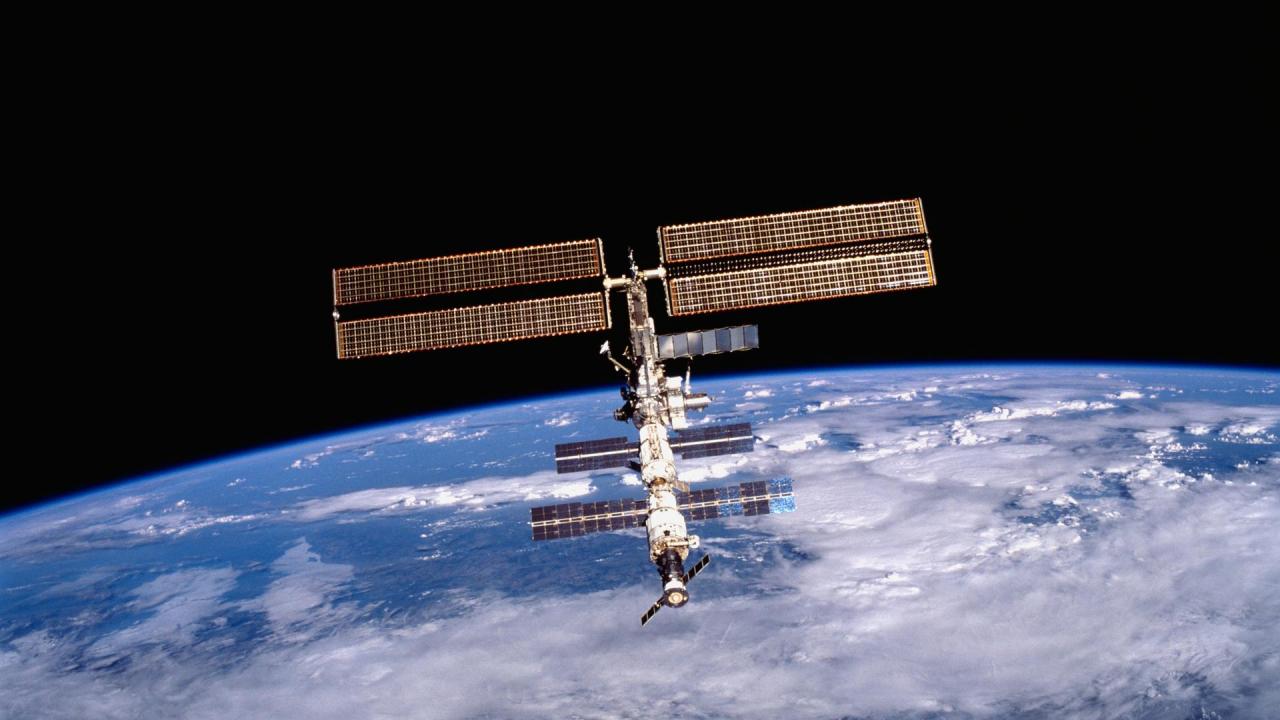By Carole Gan, UC Davis Health
Studying the microbes in the International Space Station is very much like studying a building or a house, according to research published in 2017.
“Since the ISS is completely enclosed, the microbes inside the station come from the people on the ISS and the supplies sent to them,” said David Coil, a microbiologist in the Department of Medical Microbiology and Immunology at UC Davis School of Medicine.
The work was part of Project MERCCURI, a collaboration between UC Davis and other organizations including Science Cheerleader, a group of current and former professional cheerleaders pursuing careers in science and math.
Previously, the Project MERCCURI team sent 48 bacterial samples collected on Earth to the ISS to see which (if any) grew better in space. Additionally, astronauts swabbed 15 locations on the space station and sent the samples back to Earth to be analyzed. The researchers compared the microbes found on the ISS to published data including the “Wildlife of Our Homes” study and surveys of human body sites from the Human Microbiome Project.
The ISS can act as a model system for studying microbes in buildings, said Jonathan Eisen, professor in medical microbiology and immunology, evolution and ecology and at the UC Davis Genome Center.
“The key reason it is a good model is that the inputs of microbes into it are very restricted. Thus we can learn about what role inputs (e.g., windows, water, people, dogs) have in developing the built environment microbiome by comparing to the ISS,” Eisen said.
The microbiology of buildings is a big interest in Eisen’s lab, a part of the microBEnet network. Selecting the ISS as part of Project MERCCURI was also a great way to drive public interest in the project, he added.
Project MERCCURI was coordinated by Science Cheerleader, SciStarter and UC Davis, in conjunction with the Argonne National Laboratory. The project was supported by funds provided by Space Florida, NanoRacks, and the Alfred P. Sloan Foundation.
Full story here.
